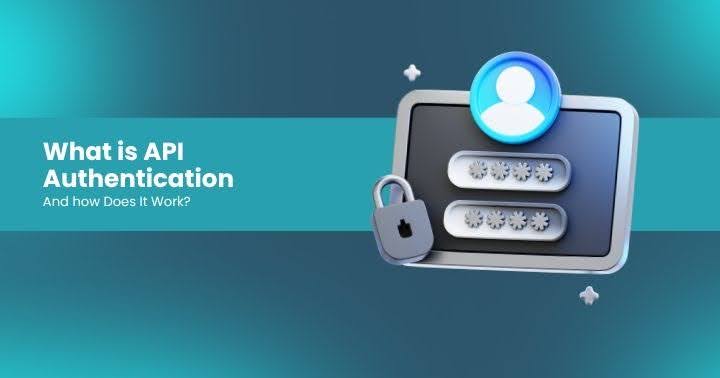Test‑Driven Development (TDD) for API Security: Shift Left & Stay Secure
What if securing your APIs was as routine as writing unit tests? Discover how Test-Driven Development (TDD) can transform API security from a last-minute scramble into a seamless, shift-left strategy that stops threats before they start.

Test‑Driven Development (TDD) for API Security: Shift Left & Stay Secure
APIs are evolving rapidly—and with them, security risks. José Haro Peralta proposes a powerful shift: applying Test‑Driven Development (TDD) to API security. This method embeds security tests early in your API lifecycle—before attackers can exploit gaps.
Why Shift Left on API Security?
- Early detection avoids rework: Adopting security tests at design time means you catch architectural flaws before they require bolt‑on fixes. As DevOps research has shown, shifting left can accelerate delivery while reducing defects and technical debt.
- Prevent “bolted‑on” security: Tackling vulnerabilities after development often results in temporary patches—not true fixes. Design constraints like input enumeration prevent issues like SQL injection proactively.
Threat Modeling as Your Roadmap
Before writing tests, start with threat modeling:
- Analyze business flows, not just endpoint by endpoint.
- Identify high‑impact attack vectors across authentication, authorization, tampering, and info disclosure using frameworks like STRIDE or tools like the OAS Threat Modeling Card Game. These help teams internalize common API threat scenarios and scale secure design practices.
What Minimum Viable Security Tests Can We Start Now?
Here are quick, high‑value tests every team can implement in minutes:
- Broken Authentication: Can you hit an endpoint without credentials? You’d be surprised—many APIs behave oddly or expose data unintentionally.
- Broken Object‑Level Authorization (BOLA): Can user A access user B’s resources? Test across resource‑specific endpoints (e.g. orders, payments). These tests are fast to build and often reveal real flaws.
- SQL Injection or Business Logic Abuse: Examples include refund endpoints that let users claim refunds they didn’t make—or negative amounts. Writing tests that enforce business constraints prevents these scenarios.
You can build these tests using familiar TDD tools (e.g. unit test frameworks in CI pipelines), and run them continuously with every code change.
How do we Apply TDD to Secure Our API Development Process?
- Write your threat model: Identify what could go wrong—and where to begin testing.
- Create minimum viable tests: Start with auth, BOLA, input constraints.
- Run them continuously: Integrate into your CI/CD pipeline.
- Automate regression prevention: New releases cannot reintroduce old vulnerabilities.
Real‑World Impact: Securing Business‑Flow Logic
Security flaws often emerge from multi-step flows, not isolated endpoints. For example:
- An unauthenticated endpoint leaks email addresses
- Attackers use that to access another exposed API
- A business logic flaw enables escalation or data exfiltration
By modeling the flow and writing tests that simulate real usage patterns, you can proactively close these gaps.
Key Takeaways for AppSec & DevSecOps Teams
- Treat API security like application code—TDD principles apply.
- Leverage threat modeling to prioritize risks and test coverage.
- Write fast, cost‑effective tests (auth, BOLA, business constraints).
- Automate running these tests with every deployment.
- Secure business logic flows—not just individual endpoints.
Resources & Further Reading
- Check out Threat Modeling with STRIDE and OAS games to bring threat modeling into team workshops.
- Learn how to document workflows using OpenAPI / AsyncAPI to improve security staging: AsyncAPI for flow‑based validation.
- Dive deeper into practical API attack simulations with APIsec University’s hands‑on labs.
About the Author
José Haro Peralta, API security expert and author of Microservice APIs (2023) and the upcoming Secure APIs, suggests a “beat the scanner” challenge among APIsec users to continuously improve testing capabilities. He offers direct engagement via GitHub, Twitter, X, LinkedIn, YouTube, and his newsletter—offering tutorials, examples, and platform feedback channels.
If you're building, testing, or designing APIs, this methodology gives you immediate techniques to embed security into your CI/CD process—at scale. Shift your API security left, test early, and iterate securely.
Latest Articles
Earn your APIsec University Certificate
Earn an APIsec University certificate and badge for completing any of our courses.
Post your badge on LinkedIn and share your accomplishments. You can even receive CPE credits for taking these courses.











